Optimal Timing for Rot Repairs
Understanding the optimal timing for rot repairs is essential to prevent further damage and ensure the longevity of structures. The best time to perform rot repairs depends on seasonal weather conditions, moisture levels, and the extent of decay. Addressing rot early, especially during dry periods, can reduce costs and improve the effectiveness of repairs.
Dry seasons are ideal for rot repairs as reduced moisture levels help prevent new rot from developing during the repair process.
High humidity and wet conditions accelerate rot formation. Repairing during low humidity periods minimizes ongoing decay.
Early detection allows for repairs before rot causes structural failure, making timely intervention crucial.
Avoid repairing during heavy rain or snow to ensure proper drying and adhesion of repair materials.

Inspection of wooden structures for signs of rot is essential before planning repairs.
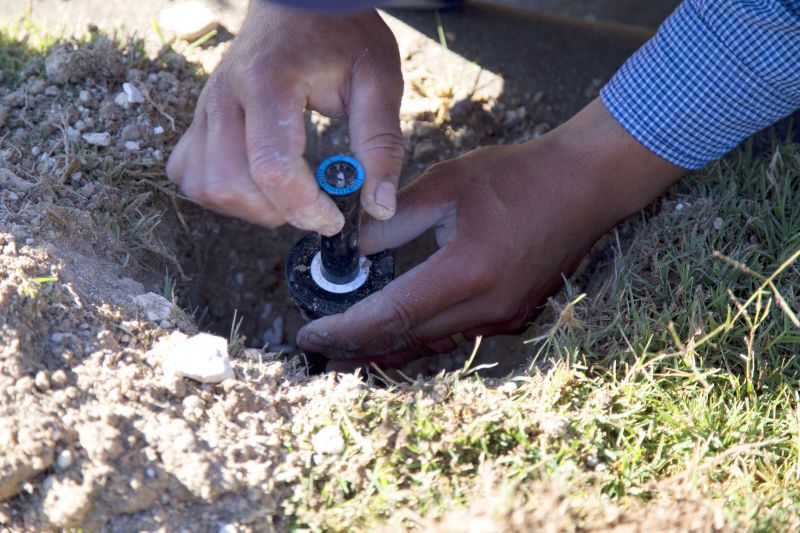
Performing repairs during dry weather reduces moisture-related issues.

Using moisture meters helps determine the best time for repairs.
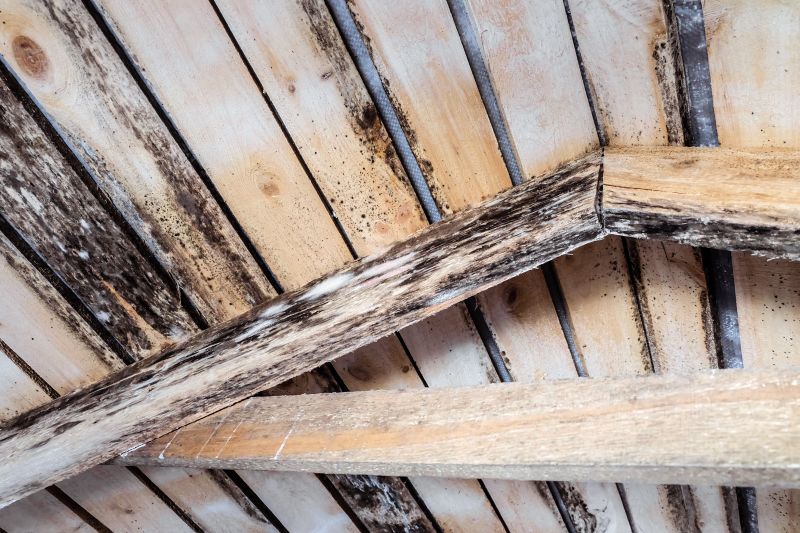
Ways to make Rot Repairs work in tight or awkward layouts.
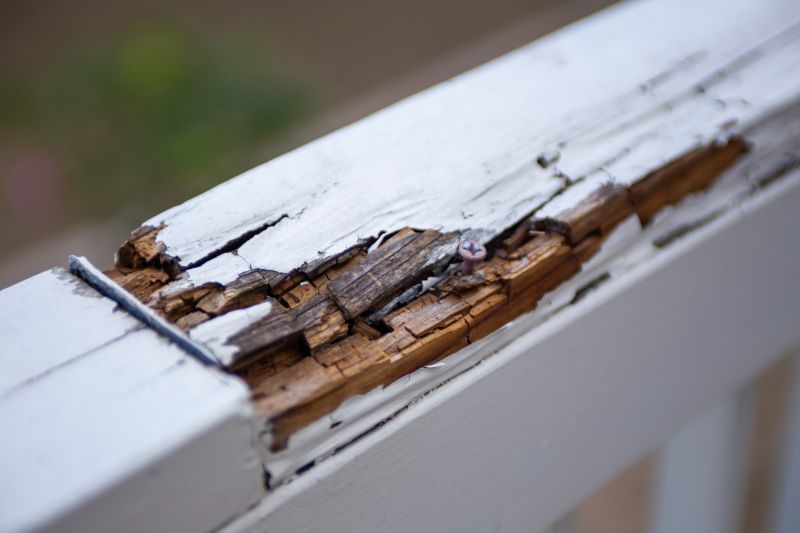
Popular materials for Rot Repairs and why they hold up over time.

Simple add-ons that improve Rot Repairs without blowing the budget.
| Season | Ideal Conditions |
|---|---|
| Spring | Moderate moisture, increasing risk of rot if not addressed |
| Summer | Dry and warm, best for repairs |
| Fall | Variable moisture, requires careful timing |
| Winter | Cold and wet, generally unsuitable for repairs |
Rot repairs are a critical aspect of maintaining the integrity of wooden structures. Rot, caused by fungi thriving in moist environments, can weaken wood and compromise safety. Statistics indicate that untreated rot can reduce the strength of affected wood by up to 50% within a year. Early intervention not only preserves structural stability but also reduces long-term repair costs.
Effective rot repairs involve removing decayed material, treating remaining wood with fungicides, and applying protective coatings. The timing of these repairs influences their success, with dry, low-humidity periods being most suitable for completing repairs and ensuring proper curing of materials.
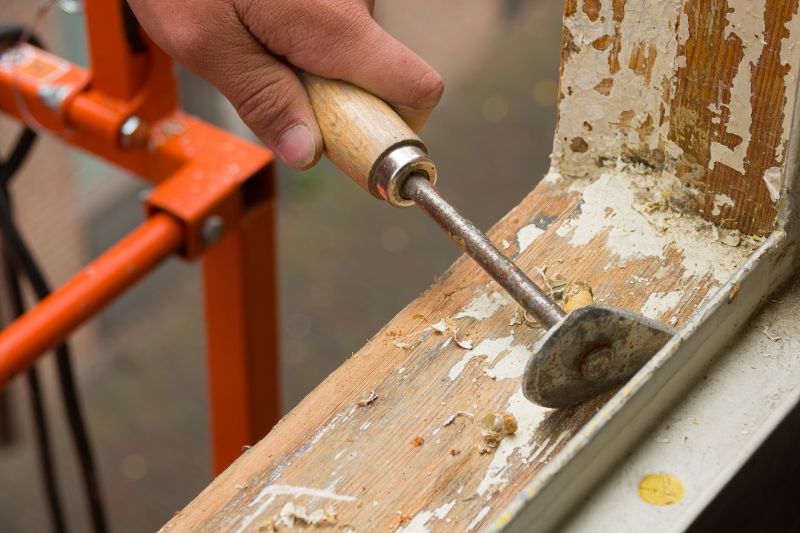
Proper removal and treatment of affected wood prevent further decay.

Applying sealants during optimal weather protects against future rot.
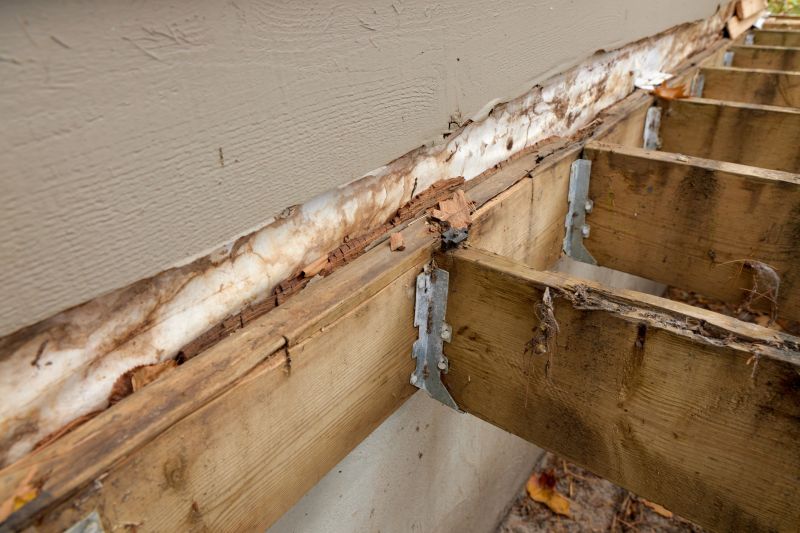
Reinforcing repaired areas ensures long-term stability.
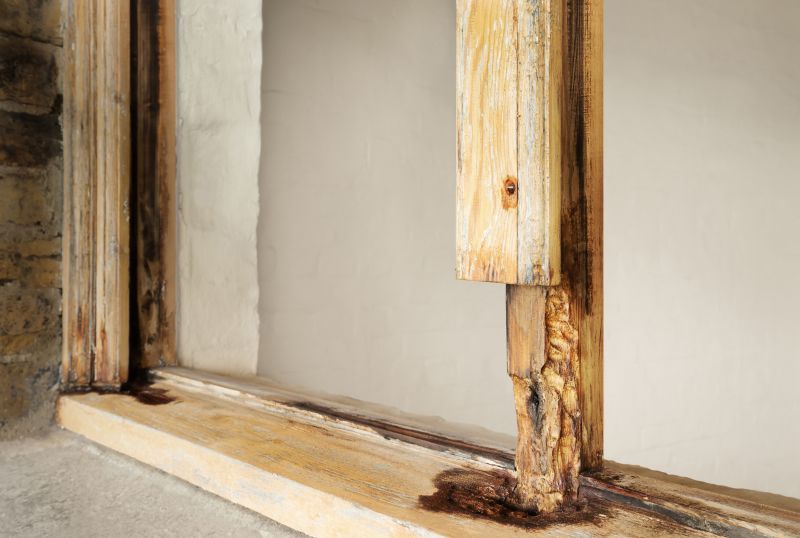
High-end options that actually feel worth it for Rot Repairs.

Finishes and colors that play nicely with Rot Repairs.

Little measurements that prevent headaches on Rot Repairs day.
Timely rot repairs are essential to maintain the safety and durability of wooden structures. Regular inspections and understanding seasonal conditions can help prevent extensive damage. If interested in scheduling rot repairs or learning more about the process, filling out the contact form is recommended.
